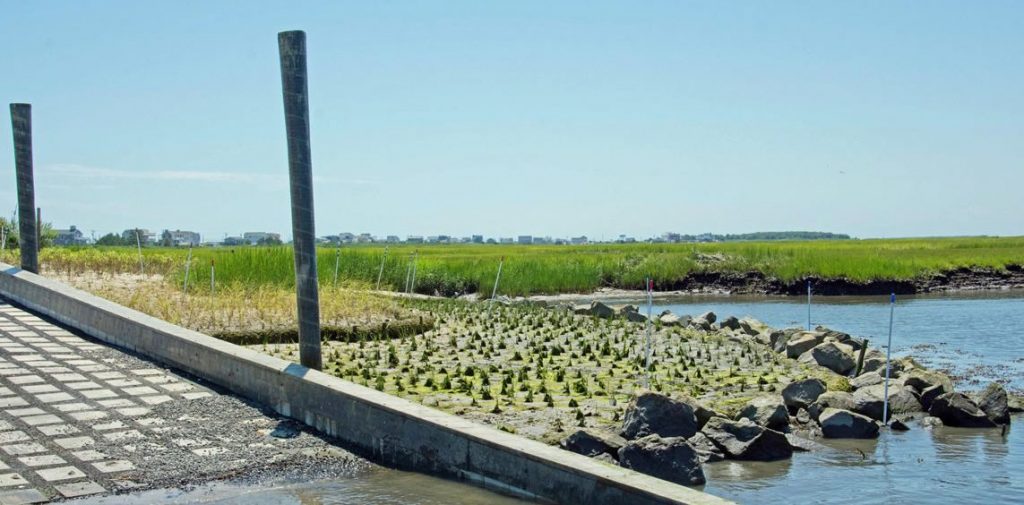 It has been well-documented that investments in green infrastructure can have measurable positive impacts on improving water quality, primarily by reducing the amount and rate of water flow that enters the stormwater system during a severe weather event. However, there can be challenges to implementation of green infrastructure strategies at the local level. These include familiarity with the methods at the local level and funding (no surprise here).
It has been well-documented that investments in green infrastructure can have measurable positive impacts on improving water quality, primarily by reducing the amount and rate of water flow that enters the stormwater system during a severe weather event. However, there can be challenges to implementation of green infrastructure strategies at the local level. These include familiarity with the methods at the local level and funding (no surprise here).
We want to highlight two resources that may help with both challenges. The first is a recent toolkit developed in New Jersey for municipalities to implement stormwater management techniques to prevent pollution, reduce flooding, and improve communities with green infrastructure. The second is Infrastructure Banks, which administer the Clean Water State Revolving Fund (CWSRF) pass-through funds from the EPA and can be used for green infrastructure funding.
Green Infrastructure Municipal Toolkit
New Jersey Future, a New Jersey based policy and advocacy organization, has been working with local, state, and federal government programs to increase and improve the implementation of green infrastructure projects. They developed a Green Infrastructure Municipal Toolkit, a resource for any community (not just in NJ) that is considering implementing green infrastructure methods to address water impacts.
The kit is structured in three phases: Plan, Implement, and Sustain. This resource provides step by step guidance and resources to develop successful projects at any scale.
Infrastructure Banks
One major source of funding for green infrastructure projects in the State of New Jersey and nationwide is the Clean Water State Revolving Fund (CWSRF) and Drinking Water State Revolving Fund (DWSRF), pass-through funds from the EPA to support projects to improve water quality. Individual states operate their own programs and have specific program elements, however they often include:
- Loans, refinancing, purchasing, guaranteeing local debt, grants, loan principle forgiveness or purchasing bond insurance.
- Terms that might include interest rates as low as zero percent with 30 year repayment periods.
- Projects are selected based on a prioritization criterion that usually assesses most serious risk to health, ensures projects meet program compliance requirements, and provide assistance for projects that have greatest need.


